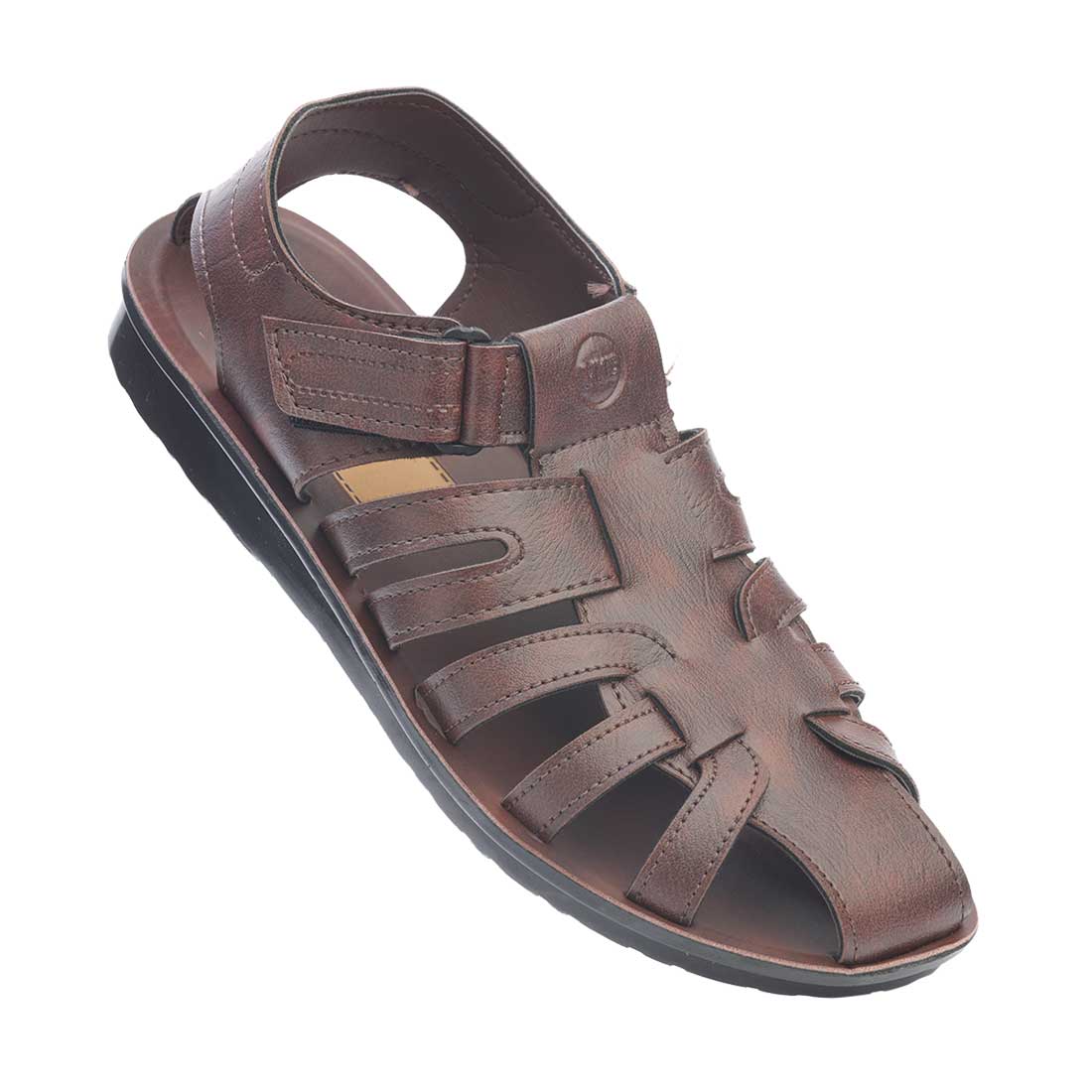FAQ - How to Choose Draw Weight, Draw Length and Arrow Rest
WHAT ARROW REST DO I NEED?
This is the most frequently asked question that we get from new traditional archers. This can be confusing, so lets make this as clear as possible:
- if you pull the string with your RIGHT hand, you want a RIGHT hand arrow rest
- if you pull the string with your LEFT hand, you want a LEFT hand arrow rest
- if you want to shoot off your hand, then choose UNI-GRIP
Right Hand Arrow Rest: You will place the arrow on the left side of the bow , hold the bow with your left hand and draw back the string with your right hand.
Left Hand Arrow Rest: You will place the arrow on the right side of the bow , hold the bow with your right hand and draw back the string with your left hand.
***Still not sure? It might help to figure out which eye dominant you are. If you are right eye dominant, then we sug-gest a Right Hand arrow rest. If your are left eye dominant, then we suggest a Left Hand arrow rest.
Pictures to help demonstrate:

WHAT DRAW WEIGHT SHOULD I PICK?
This is also a very frequent question, but here are a couple good rules to follow and a table of draw weights that can help you pick the right draw weight. Once you start shooting you may want to increase the Draw Weight of you bow, but don’t go too heavy to fast. Going to heavy might make pulling the bow back hard and take the fun out of shooting. So if your trying to make your decision…..go for the lighter choice.
3 big rules for Draw Weight selection:
- DONT GO TOO HEAVY - if you choose a draw weight that is too heavy or to hard to pull back then you are going to be disappointed with your bow and you will not have fun shooting.
- ATTENTION Compound bow shooters - most compound bows have a "let off" so a 70# compound bow might feel like a 30# traditional bow. DO NOT COMPARE compound bow weights to Traditional bow weights
- BOWHUNTERS - Each state has restrictions on the minimum draw weight for bow hunting, check with your state. Most require a minimum of 40LB draw weight at your draw length.

WHAT IS MY DRAW LENGTH?
This question is a little easier to answer than most because there are 3 easy ways to figure out what your draw length should be. All of these methods will get you close to what your draw length should be. I recommend the height method overall.
Arm Span Method
- Stand with your arms out and palms facing forward. Don't stretch when measuring, stand comfortably and naturally. Have someone else help you to measure from the tip of one middle finger to the tip of the other. Then divide that number by 2.5. The result is your suggested draw length in inches for your arm span.
- If you don't have someone to help, you can simply hold a measuring tape from one hand to the other
The Height Method
- Simply take your height in inches and divide by 2.5 amd round down to the next draw length
- Example: 6' Tall = 72"/2.5 = 28.8" Draw Length or 28.5"
The Chart Method
- Here is a chart that can also help you find your draw length
- I would suggest doing all methods and see if you come to the same or close to the same draw length and then go with the longer one


